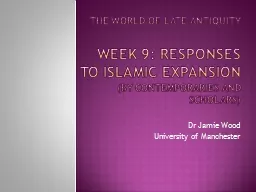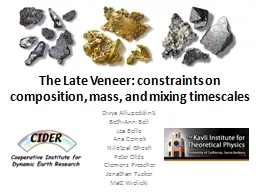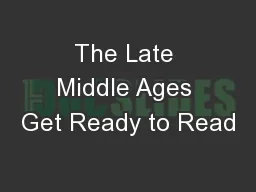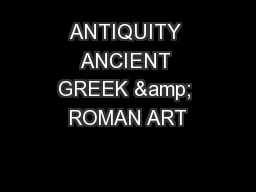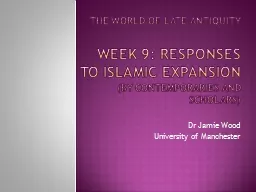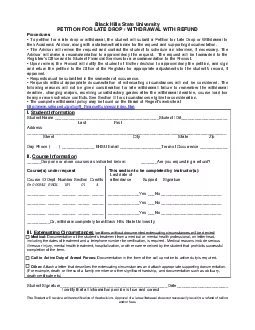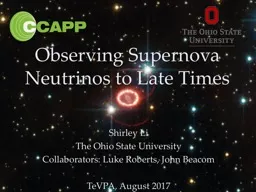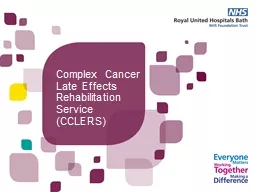PPT-THE WORLD OF LATE ANTIQUITY
Author : marina-yarberry | Published Date : 2015-10-18
Week 9 responses to islamic expansion by contemporaries and scholars Dr Jamie Wood University of Manchester Aims of todays session To introduce you to a key theory
Presentation Embed Code
Download Presentation
Download Presentation The PPT/PDF document "THE WORLD OF LATE ANTIQUITY" is the property of its rightful owner. Permission is granted to download and print the materials on this website for personal, non-commercial use only, and to display it on your personal computer provided you do not modify the materials and that you retain all copyright notices contained in the materials. By downloading content from our website, you accept the terms of this agreement.
THE WORLD OF LATE ANTIQUITY: Transcript
Download Rules Of Document
"THE WORLD OF LATE ANTIQUITY"The content belongs to its owner. You may download and print it for personal use, without modification, and keep all copyright notices. By downloading, you agree to these terms.
Related Documents

